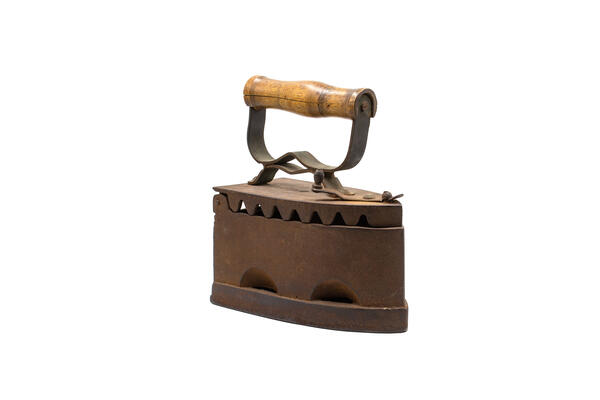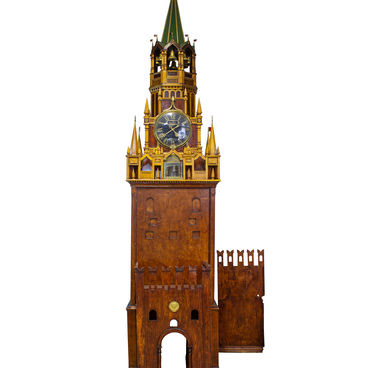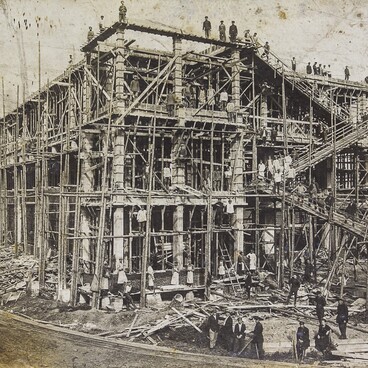This old cast iron was made in the late 19th century. At that time, there were two popular types of irons — solid cast irons, which had to be heated in a stove or over a fire, and coal irons, which had a container for hot pieces of coal and were more difficult to manufacture.
The first coal irons appeared in the 17th century. They were mainly used up until the late 20th century, however, they are still used today in some regions of India and Africa.
Before such irons, there was an ironing tool similar to a frying pan: charcoal was placed in a cast-iron pan with a handle, which was then moved across clothes, smoothing out folds or pleating fabrics. In winter, such a device was used to warm the bed before going to sleep.
In the 18th — 19th centuries, irons began to gradually take their modern shape. They resembled small stoves with a wooden handle, with burning charcoal or coal inside. Due to its high thermal conductivity, a thick layer of cast iron warmed up quickly and evenly, while its high thermal capacity significantly slowed the cooling down process.
There were vents on both sides to increase the stack effect and maintain temperature. To keep the coals burning, one needed to either puff into the vents or carefully wave the iron. The coals that were larger than the vents were more preferable to others. However, even the most meticulous selection process could not prevent the occasional escape of small coals and sparks, which left holes and burn marks on clothes.
Proper ironing of clothes not only made them look neat but also protected them from the various bacteria carried by lice hiding in folds and seams. Still, the process itself was quite laborious and consuming, since coal irons weighed quite a lot and were not convenient at all. It was impossible to adjust the surface temperature of the iron at the same time as keeping the coals hot throughout the entire process.
Nevertheless, such an iron was a sign of prosperity and well-being and was proudly placed next to a samovar inside a house. It was expensive, so mothers kept their irons to be inherited by their daughters.
The first coal irons appeared in the 17th century. They were mainly used up until the late 20th century, however, they are still used today in some regions of India and Africa.
Before such irons, there was an ironing tool similar to a frying pan: charcoal was placed in a cast-iron pan with a handle, which was then moved across clothes, smoothing out folds or pleating fabrics. In winter, such a device was used to warm the bed before going to sleep.
In the 18th — 19th centuries, irons began to gradually take their modern shape. They resembled small stoves with a wooden handle, with burning charcoal or coal inside. Due to its high thermal conductivity, a thick layer of cast iron warmed up quickly and evenly, while its high thermal capacity significantly slowed the cooling down process.
There were vents on both sides to increase the stack effect and maintain temperature. To keep the coals burning, one needed to either puff into the vents or carefully wave the iron. The coals that were larger than the vents were more preferable to others. However, even the most meticulous selection process could not prevent the occasional escape of small coals and sparks, which left holes and burn marks on clothes.
Proper ironing of clothes not only made them look neat but also protected them from the various bacteria carried by lice hiding in folds and seams. Still, the process itself was quite laborious and consuming, since coal irons weighed quite a lot and were not convenient at all. It was impossible to adjust the surface temperature of the iron at the same time as keeping the coals hot throughout the entire process.
Nevertheless, such an iron was a sign of prosperity and well-being and was proudly placed next to a samovar inside a house. It was expensive, so mothers kept their irons to be inherited by their daughters.



